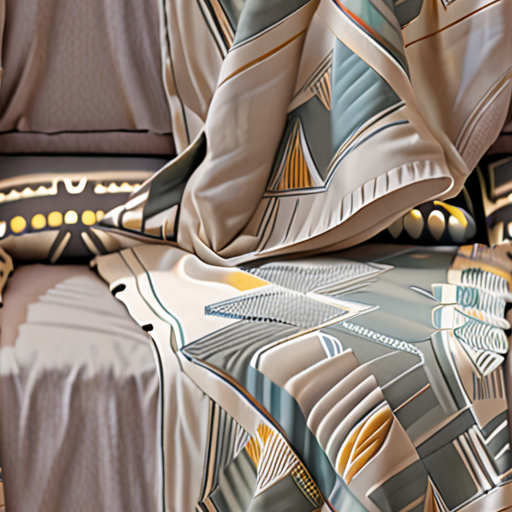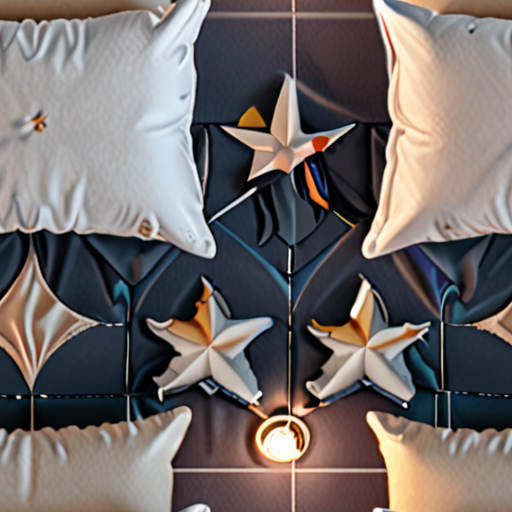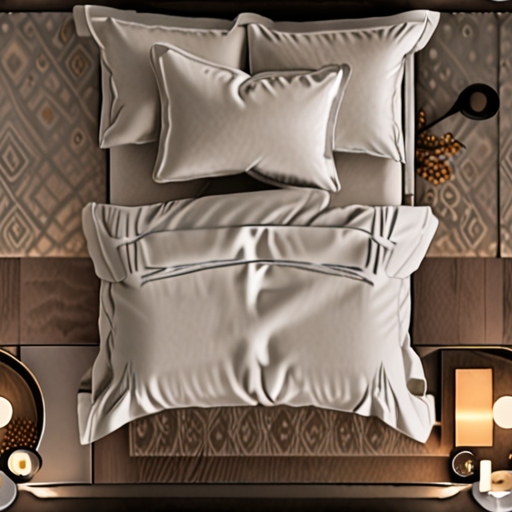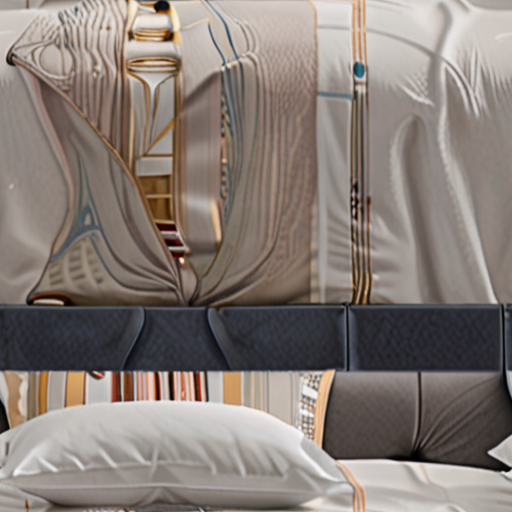Transform your bedroom into a stylish sanctuary with DIY accent walls that elevate your space without breaking the bank. Whether you’re aiming for a cozy retreat or a sleek modern look, DIY projects offer a cost-effective solution to refresh your environment. By adding accent walls, you can infuse personality and charm into your bedroom, creating a focal point that stands out while blending seamlessly with your existing decor.

The Cheapest Way to Create an Accent Wall
Creating an accent wall doesn’t have to break the bank. Here are some budget-friendly methods to achieve the perfect accent wall:
- Paint : The most affordable option, with basic paint costing between $20 and $100 per gallon. DIYers can easily apply paint using a roller and brush for a dramatic look or a subtle wash.
- Decorative Tiles : Install peel-and-stick tiles or wall panels for a durable and eye-catching accent. These can be found at local hardware stores or online platforms like Amazon.
- Wallpaper Borders : Add texture or pattern with removable wallpaper borders. These are easier to install than full wallpaper and can be found at many home decor shops.
- Fabric or Stencil Panels : Use fabric wall panels or decorative stencils to create patterns without painting the entire wall. These can be applied using adhesive sprays or paints.
To keep costs low, consider focusing on just one section of the wall for maximum impact. Whether you choose paint, tiles, or stencils, the key is to select a method that matches your skill level and budget.
How to Create an Accent Wall Yourself
To create an accent wall in your home, follow these organized steps for a professional-looking result:
- Plan Your Design: Choose the area (e.g., staircase) and decide on the pattern (geometric, vertical stripes).
- Gather Materials: Use Frogtape for precision, a laser level, measuring tape, a plastic card, sandpaper, paint colors (bold choices like deep navy or red), primer, painter’s roller (4-inch), smaller roller, brushes, sponges, ladder, and drop cloths.
- Prepare the Surface: Sand the wall to ensure adhesion. Clean and prime the area for better paint grip, especially on textured walls.
- Design Transfer: Use Frogtape and a laser level to mark lines. Measure and mark where each stripe will go, applying tape carefully and pressing with a plastic card to eliminate bubbles.
- Painting Process:
- Apply base color over the taped areas, allowing drying time.
- Use a brush to cut in around edges, then roll on accent color over the taped areas.
- Remove Tape Carefully: Score edges with a utility knife and peel tape slowly to avoid residue.
- Final Touches: Admire your work and consider complementary decor elements like throw pillows or artwork.
Consider additional details like lighting and paint finish (satin or semi-gloss for durability) based on the wall’s location and traffic. Enjoy your transformed space!

Rule of Thumb for Accent Walls
To effectively incorporate accent walls into your home decor, consider the following guidelines:
- Choose Strategic Locations: Accent walls work best in visually prominent areas. Consider placing them above the fireplace, in the dining room, or as a statement piece in the bedroom.
- Select a Contrasting Color Scheme: Opt for a bold color that contrasts with the rest of your walls. Darker tones like navy blue, charcoal gray, or deep earthy hues can create drama and depth.
- Consider Texture for Interest: Add dimension with textured wallpaper, decorative wall panels, or subtle wall treatments like stencils or murals.
- Maintain Balance with Neutrals: Pair accent walls with neutral tones to prevent the room from feeling overwhelming. Soft grays, muted blues, or beige can complement bolder accents effectively.
- Plan for Lighting Effects: Highlight the accent wall with strategic lighting, such as sconces, to enhance its visual impact and create a focal point.
- Accessorize Thoughtfully: Use complementary furniture, artwork, or window treatments to tie the accent wall into the overall room design.
By following these tips, you can create a cohesive and impactful accent wall that enhances your space’s aesthetic appeal. For more ideas and inspiration, explore our home decor collection .

Materials Used for an Accent Wall
An accent wall is a bold design element that draws attention and transforms a space. Various materials can be employed to create this effect, each offering unique benefits:1. **Medium-Density Fiberboard (MDF)** – Known for its strength and stability, MDF is a popular choice due to its low likelihood of warping or bowing, making it ideal for large surfaces.2. **Drywall** – A common and versatile option, drywall is easy to work with and widely available. It allows for smooth finishes and is suitable for those preferring a simple application process.3. **Plaster** – Offers a luxurious finish with excellent texture. However, it’s heavier and more challenging to install, often requiring professional assistance for best results.4. **Wallpaper** – Provides a decorative and concealing layer, covering imperfections. It’s easy to apply and available in various styles, though it may peel if not installed correctly and requires careful removal.5. **Paintable Vinyl or Fabric Wraps** – Ideal for those seeking a low-maintenance solution, these materials are lightweight, easy to cut, and offer a variety of textures and patterns without the mess of traditional paint.6. **Stone or Tile** – Durable and visually striking, stone or tile adds a sophisticated touch. However, its weight necessitates robust structural support, limiting its vertical application.Each material caters to different needs, from quick installations to long-lasting durability, allowing for tailored choices based on project requirements and personal style.
When Not to Use an Accent Wall
If you’re considering adding an accent wall to your home, it’s essential to evaluate several factors to determine if it’s the right choice for your space. Here are the key scenarios where an accent wall might not be the best solution:
- Rooms with Existing Busyness: An accent wall can add visual interest, but if your room already feels cluttered or has a lot of competing elements, it might make the space feel even more overwhelmed. Opt for neutral tones or simpler designs in such cases.
- Dark or Bold Colors: While dramatic accents can add personality, they can also overpower a room. Stick to lighter shades or neutrals if you want a more balanced look.
- Small Spaces: In smaller rooms, an accent wall can help add dimension without overwhelming the space. However, choose subtle colors or patterns to prevent the room from feeling cramped.
- High-Traffic Areas: Hallways, staircases, or kid’s rooms benefit from more durable finishes. Consider low-maintenance materials or easier-to-clean surfaces for these areas.
- Relaxation-Oriented Rooms: Bedrooms, living areas, and bathrooms designed for relaxation may be better suited with calming tones or simple accents rather than bold statements.
- Design Aesthetic Mismatch: If your room leans toward a minimalist or traditional style, an accent wall might clash with the overall vibe. Bohemian or eclectic spaces often embrace pattern and color, making them ideal candidates for an accent wall.
Before committing to an accent wall, assess your room’s current decor, color palette, and functionality. Testing a small sample or consulting a professional can help you make the best decision for your space.

What Trim Do You Use for Accent Walls?
When selecting trim for accent walls, there are several materials to consider, each offering unique benefits:
- MDF (Medium-Density Fiberboard) : A popular choice due to its smooth surface and ease of painting. It’s ideal for those looking for a polished look and is often primed for better coverage. However, it’s not recommended for high-moisture areas.
- Wood Trim : Adds warmth and texture to a room. Options like pine or fir can create a rustic charm. Be prepared for regular maintenance and potential warping if exposed to excessive moisture.
- PVC Trim : Low-maintenance and durable, making it a good alternative for areas prone to humidity. It’s lightweight and easy to install, though it may lack the natural aesthetic of wood.
- Metal Trim : Provides a modern, industrial feel. Available in various finishes, metal trim can add visual interest and is rust-resistant, though it may require special care to prevent corrosion.
- Stone or Tile Trim : Offers a luxurious, natural look. Stone trim is heavy and may require professional installation, but it’s highly durable and resistant to wear.
Consider the installation factors and room environment when choosing your trim. For a seamless finish, ensure the trim is properly prepared (primed or sealed) before painting. Always test for compatibility with your wall surface and local conditions.
Conclusion: The best trim depends on your personal style and lifestyle. MDF is a top choice for its versatility and finish quality, while wood and PVC offer distinct aesthetics suited for different tastes. Consider your room’s functionality and long-term maintenance needs to make the most informed decision.
For more inspiration and installation tips, explore our DIY guides and home renovation projects .




0 Comments